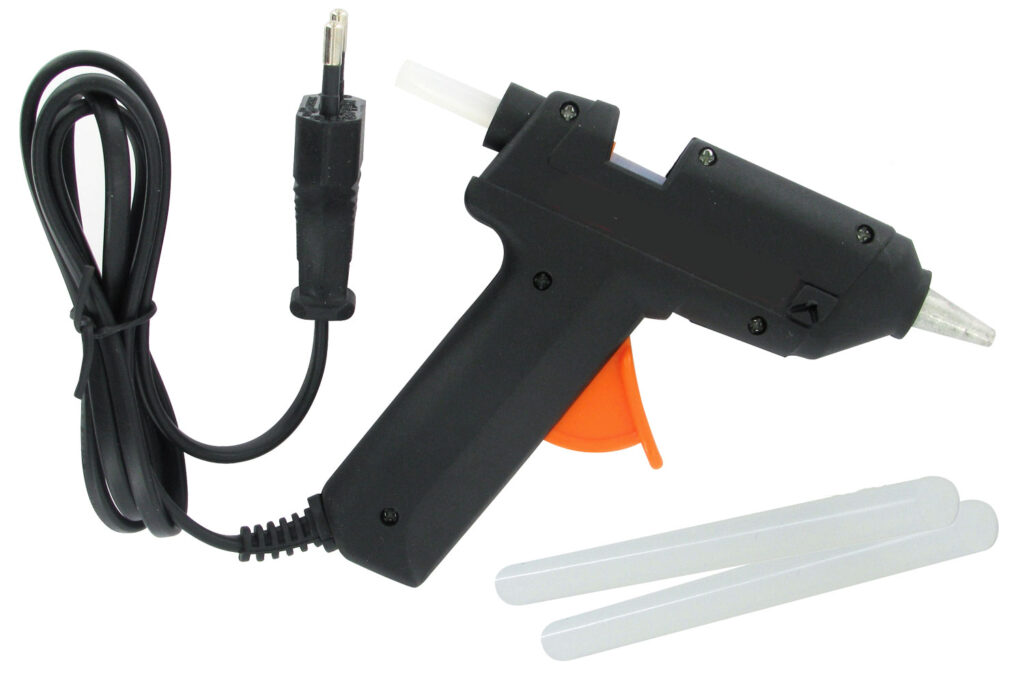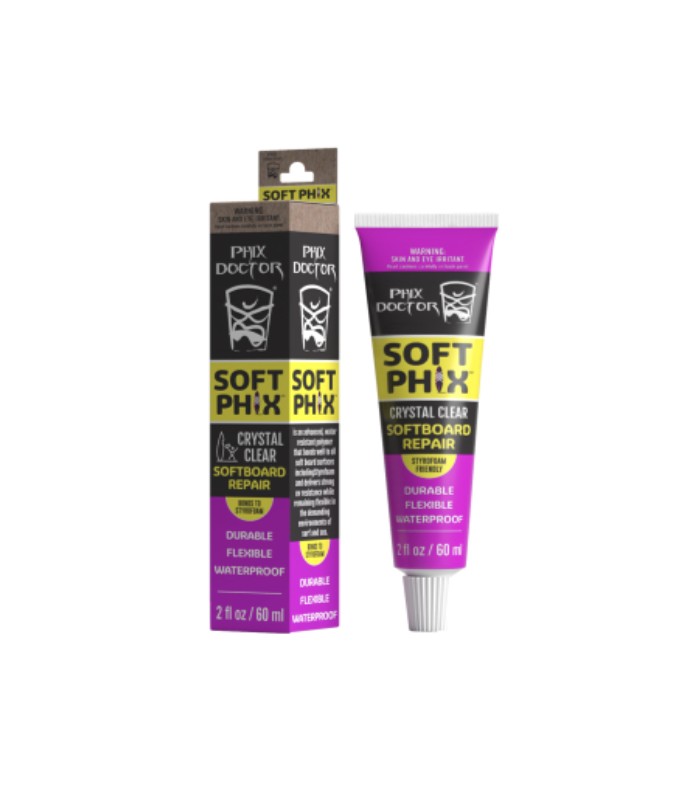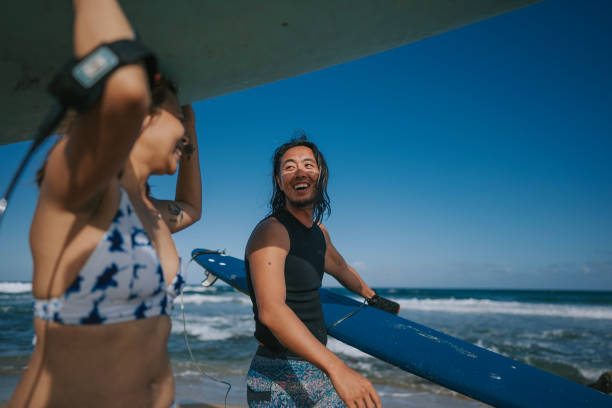Dernière mise à jour le 5 August 2024
Salut les riders intrépides ! Si vous êtes sur cette page, c’est que vous avez sûrement connu l’inconfort de voir votre planche de surf en mousse préférée prendre un coup sévère. Que ce soit un choc, une coupure de excesses, ou une rencontre inopportune avec un rocher lors d’une session epic, foam boards are tough and built to take a beating, but they're not invincible.
Mais pas de panique, car aujourd’hui, je vais vous dévoiler trois méthodes simples pour réparer votre planche de surf à revêtement souple, également connue sous le nom de « soft top ». Alors, si vous voulez prolonger la vie de votre compagnon de vagues préféré, restez avec moi pour découvrir ces astuces de réparation.
Repairing your foam board with a glue gun
Let's start with the glue-gun method. For this repair, you'll need two key tools: a hot-glue gun and masking tape. Here are the steps to follow:

- Avant toute chose, assurez-vous que votre planche est complètement sèche au soleil. Laissez-la sécher pour que toute l’eau qui aurait pu s’infiltrer puisse s’évaporer.
- Next, surround the damaged area with masking tape to create a barrier. This will contain the repair.
- Use the hot-melt glue gun to fill the cavity, allowing the first coat to harden. If the cavity is deep, take your time to let it harden.
- Après le durcissement initial, utilisez à nouveau le pistolet à colle chaude pour lisser et renforcer la zone réparée. Vous pouvez également utiliser un glaçon pour aider à lisser la colle pendant qu’elle est encore chaude.
5. Once the repair is complete, use masking tape to achieve a smooth, even surface.
6. Laissez sécher complètement, et vous obtiendrez une réparation étanche qui empêchera votre planche de surf en mousse de prendre l’eau. Vous êtes prêt à retourner à l’eau et à rider les vagues comme un pro !
Repairing your foam board with silicone sealant
La deuxième méthode implique l’utilisation de silicone d’étanchéité. Voici ce dont vous aurez besoin et les étapes à suivre :

Tools required :
- Silicone d’étanchéité
- Masking tape
- Cutter
- Tout d’abord, assurez-vous que votre planche est complètement sèche au soleil.
- If damaged parts come loose easily, use a cutter to remove them.
- Remplissez la cavité avec du silicone d’étanchéité. Assurez-vous que la réparation est bien faite.
- Use masking tape to cover the repair and smooth the surface. This will ensure a clean, uniform appearance.
- Leave to dry for at least 24 hours.
- After the recommended drying time, carefully remove the masking tape.
With this method, your board will regain its solidity and you'll be able to take to the waves with confidence.
Repair your foam board with a dedicated repair kit
Finally, the third method is to use a repair kit specially designed for foam surfboards. Here's what you'll need and the steps to follow:

Tools required :
- Dedicated repair kit
- Knife
- Sandpaper
- As always, make sure your board is completely dry in the sun.
- Clean and prepare the damaged part of the board.
- Apply the repair kit resin to the damaged area, following the instructions supplied.
- Allow to dry according to kit recommendations.
- Une fois sec, poncez la surface pour l’ajuster et lui donner un aspect lisse.
The dedicated repair kit is a practical option that guarantees a solid, long-lasting repair for your foam surfboard.
Le ducktape, la solution d’urgence

Si vous êtes en voyage de surf et que vous n’avez pas de kit de réparation sous la main, le ducktape peut être une solution d’urgence temporaire.
Cependant, gardez à l’esprit que cette solution ne remplace pas une réparation appropriée. Utilisez-la uniquement pour couvrir les dommages de manière à éviter de prendre l’eau en attendant une réparation complète.
Voilà, vous avez maintenant entre les mains trois méthodes simples pour réparer votre planche de surf en mousse. Que vous optiez pour le pistolet à colle, le silicone d’étanchéité ou un kit de réparation dédié, l’essentiel est de prendre soin de votre board !
Alors, n’attendez pas que les vagues vous rappellent l’importance de la réparation, et préparez-vous à rider en toute confiance avec une planche en parfait étanchéité !





